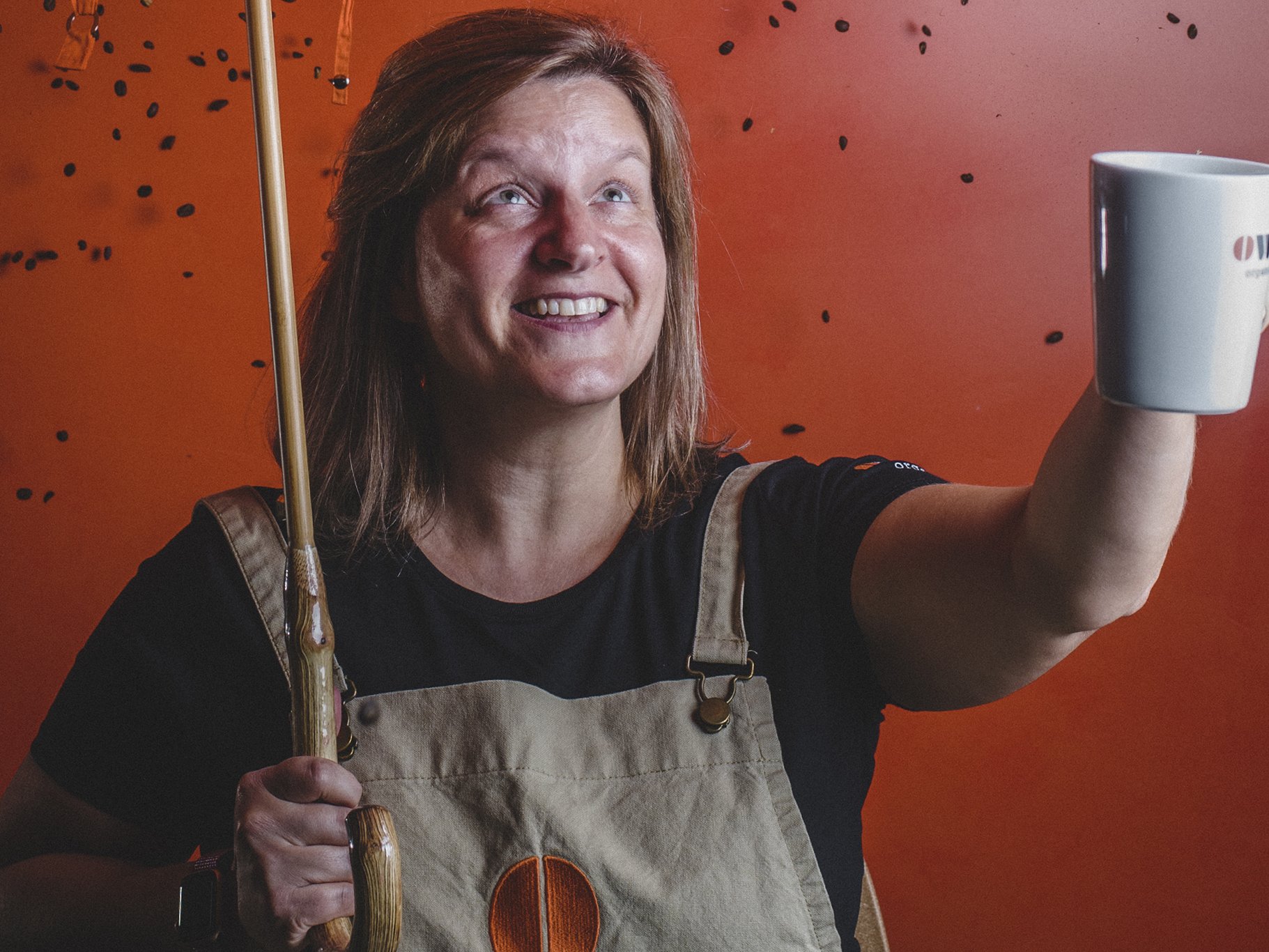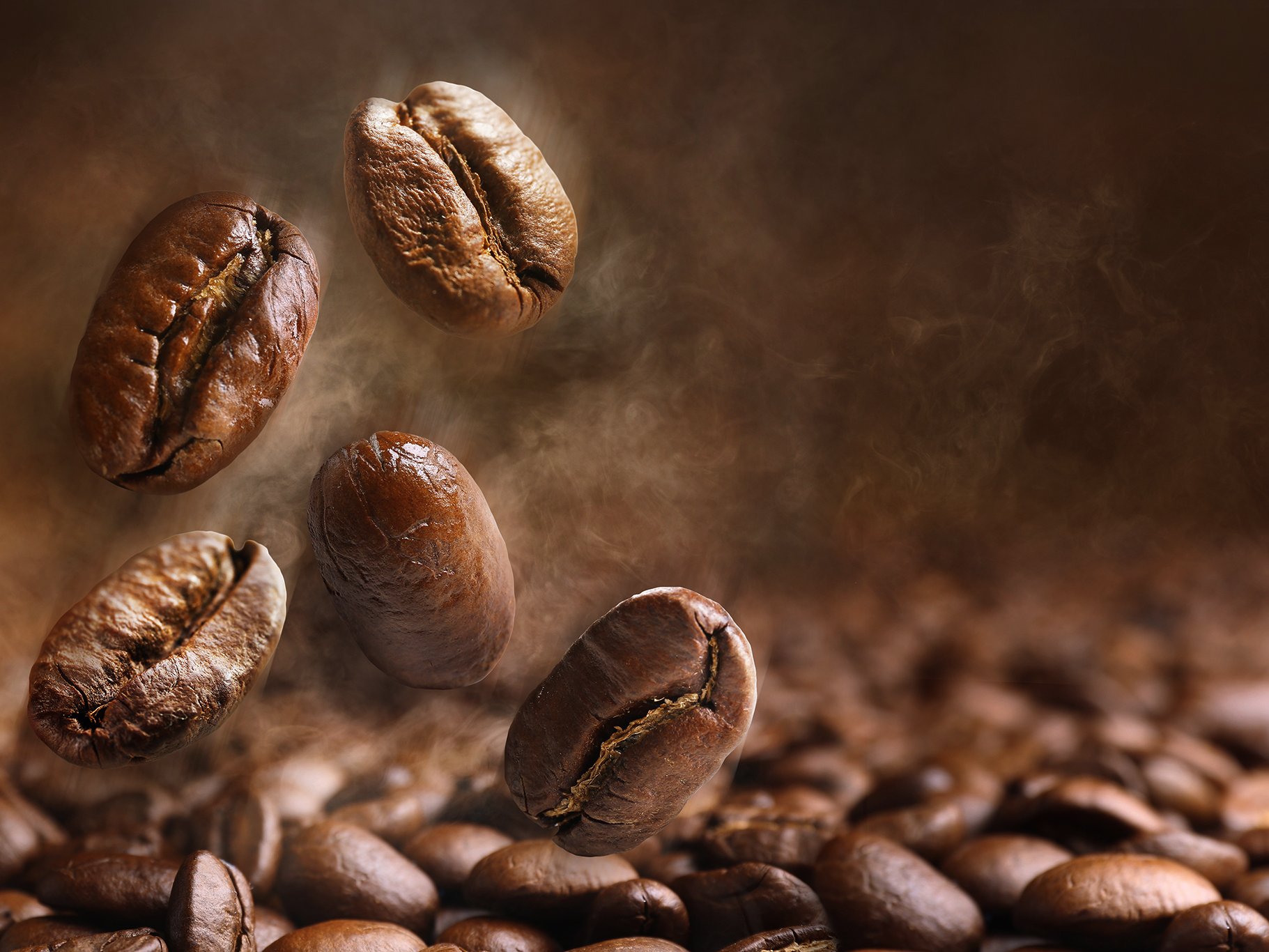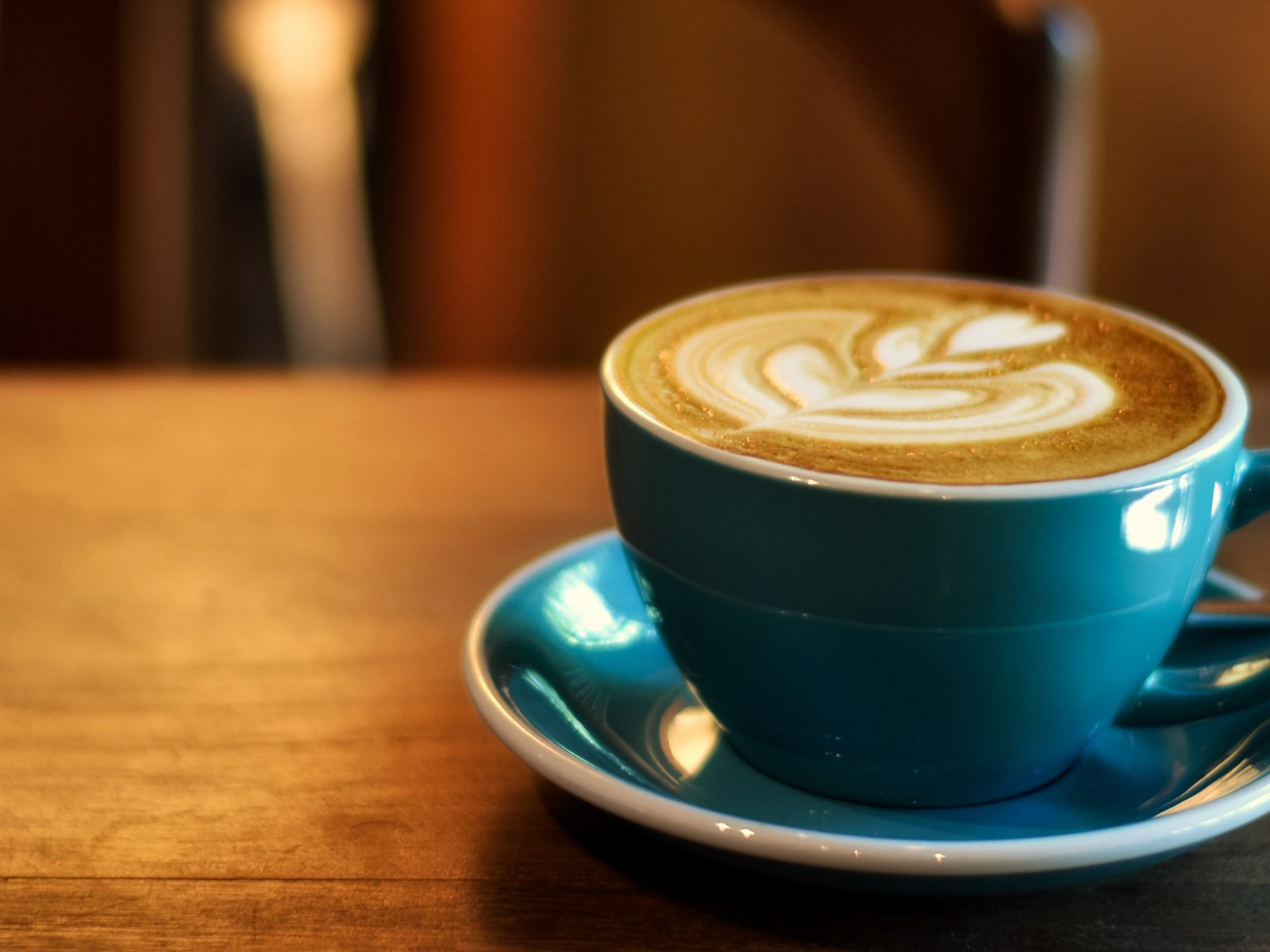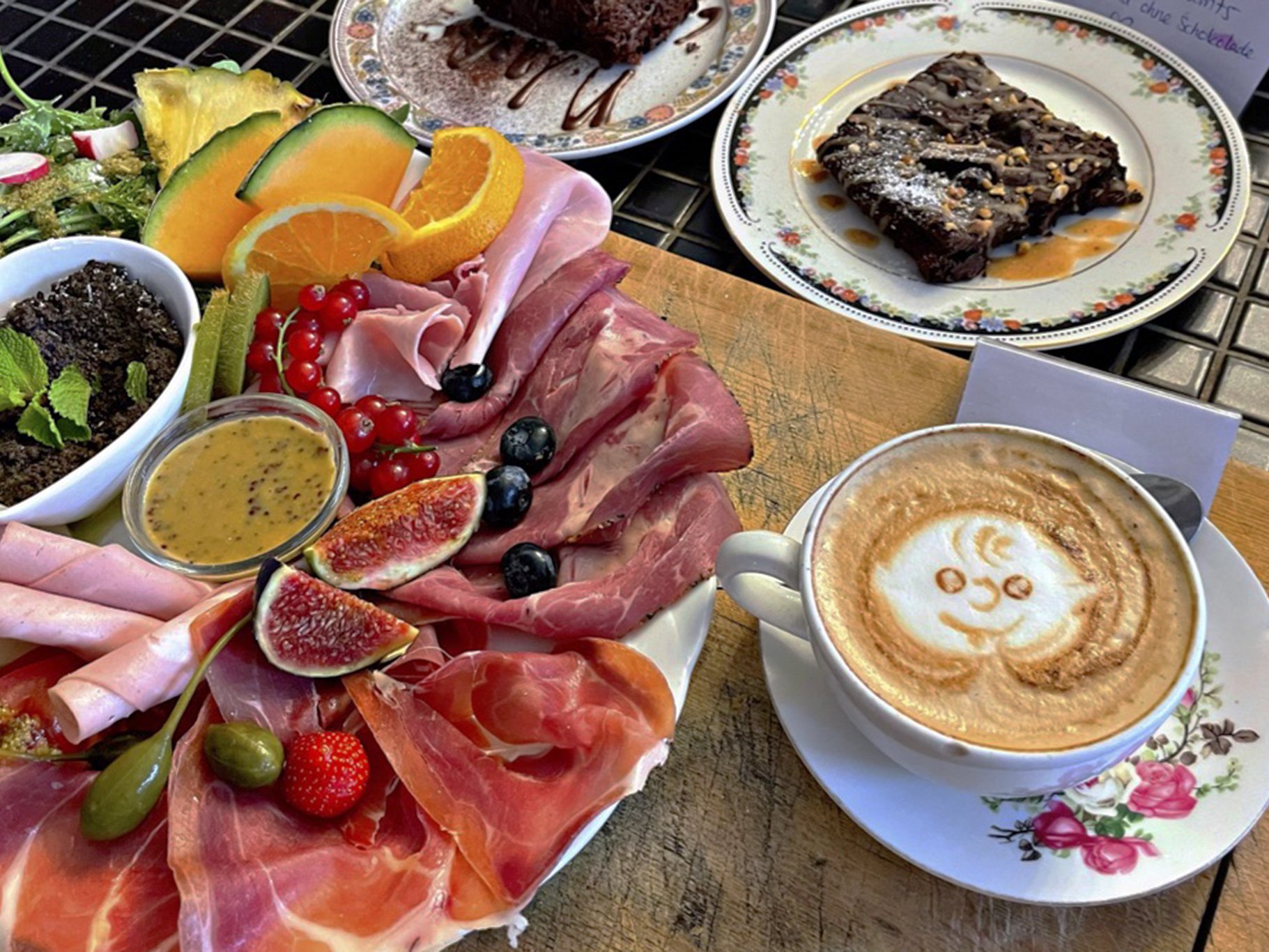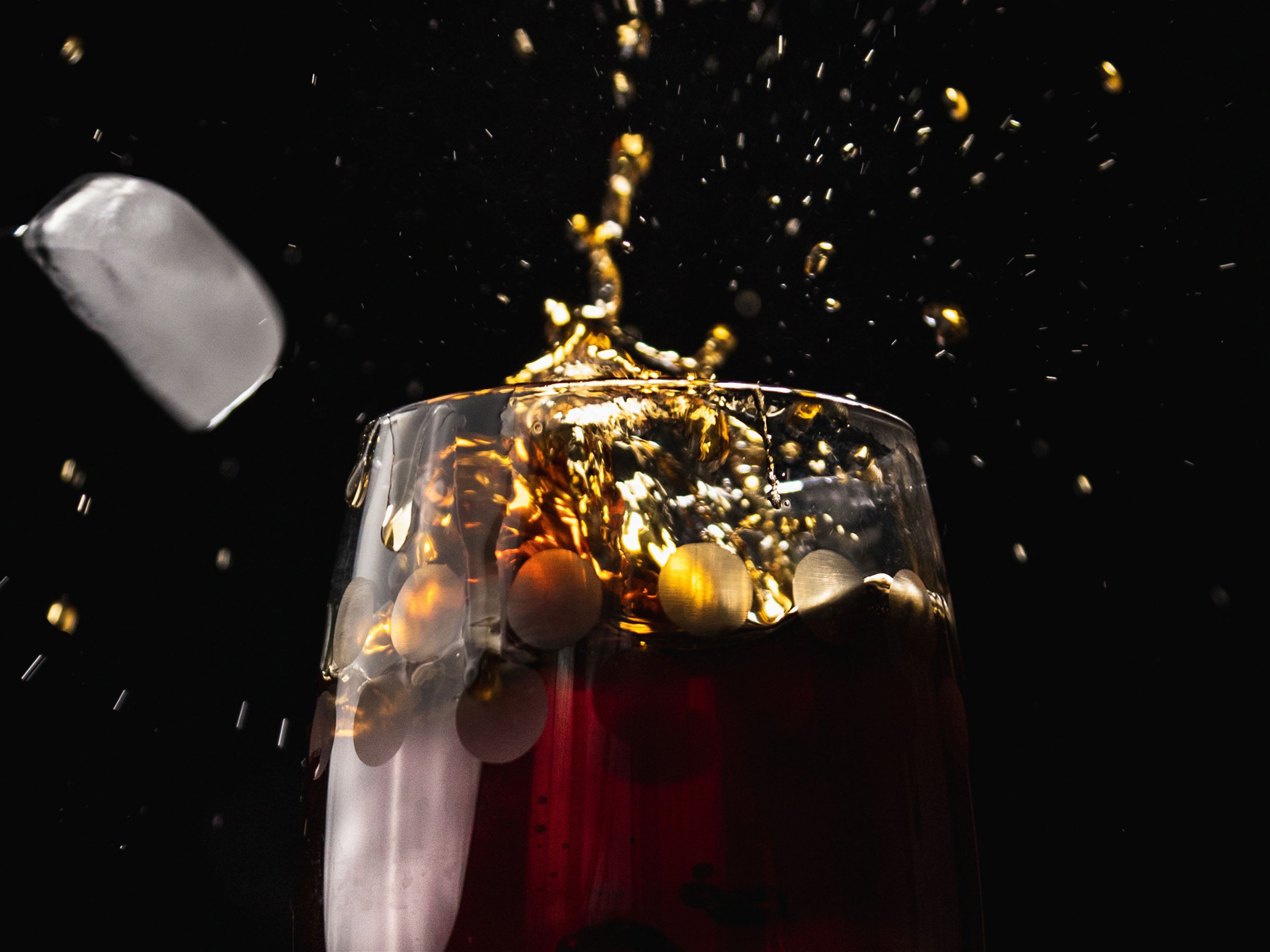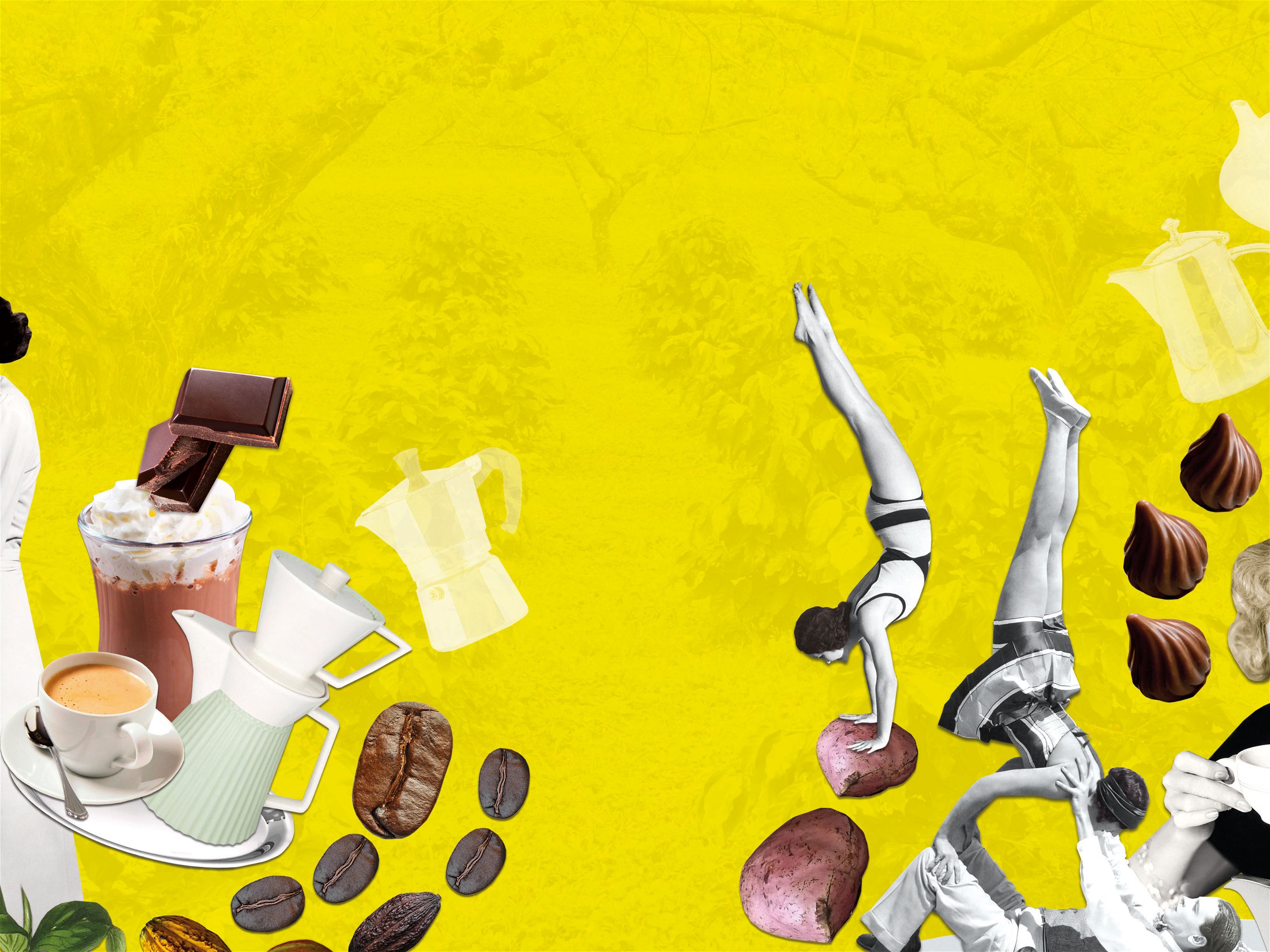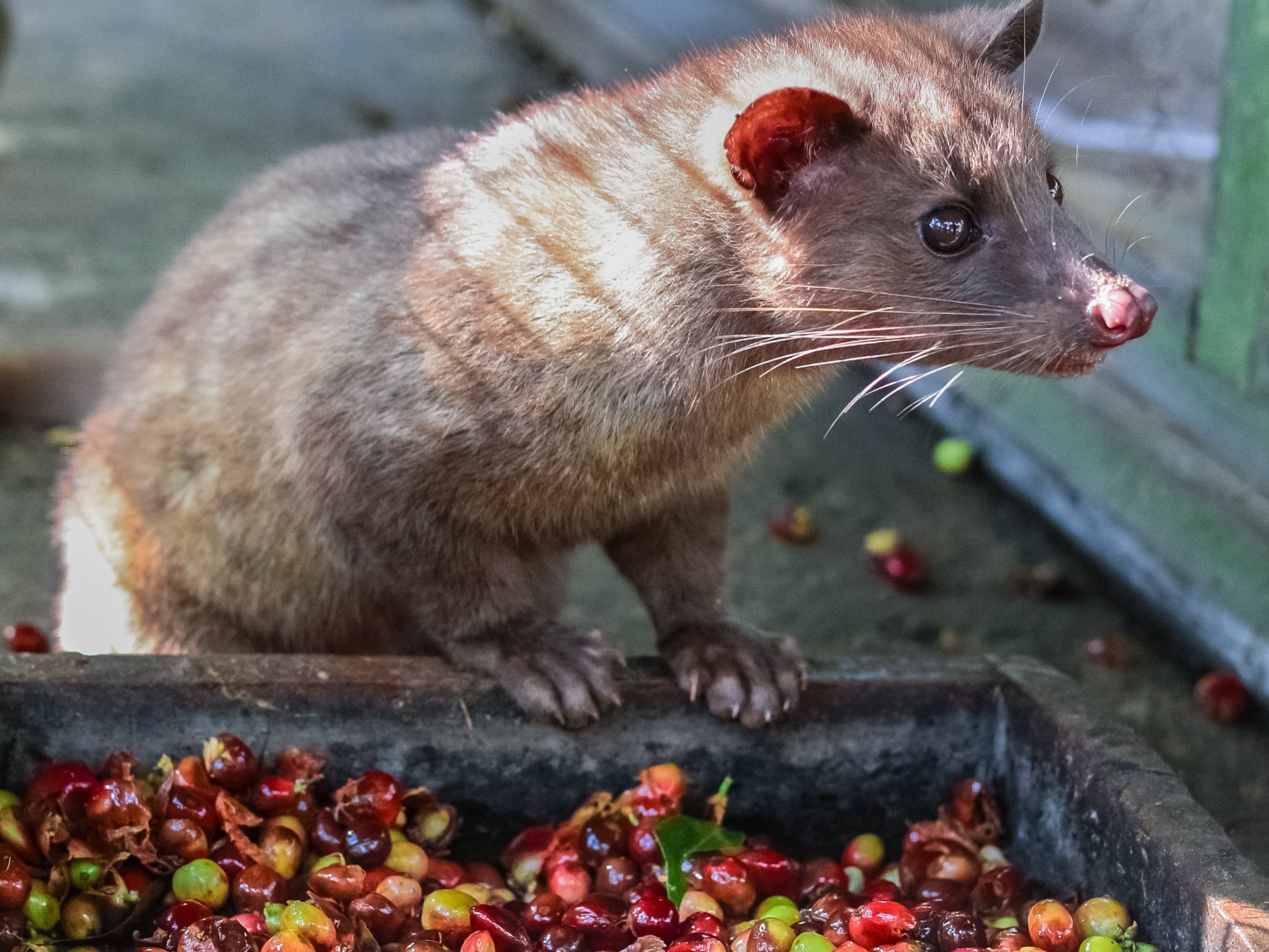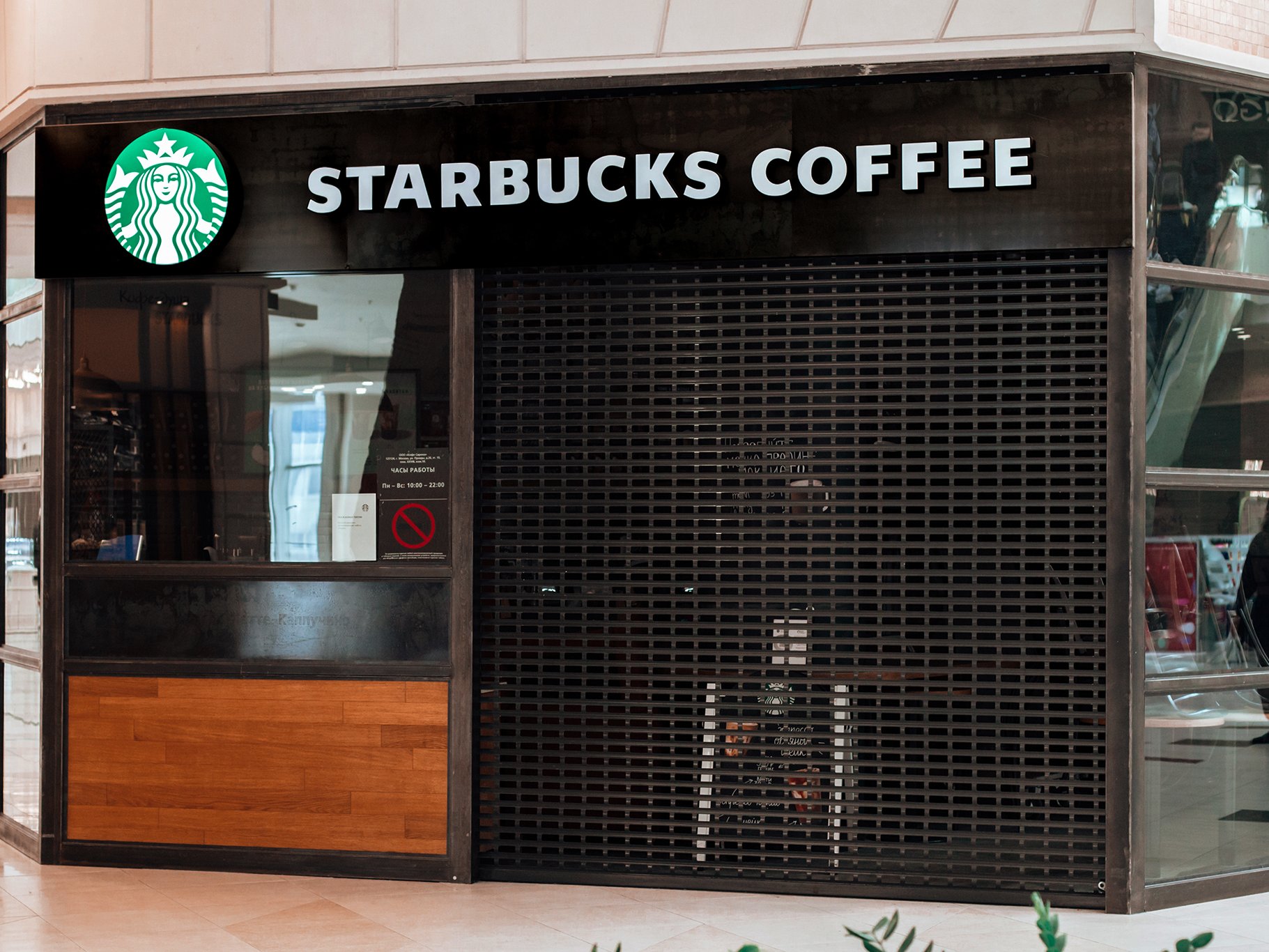November 8th is National Cappuccino Day: the drink has triumphed all over the world and is consumed at home or in coffee houses, the cappuccino being very much part of the coffee experience. Hardly any other hot drink is drunk so often, and here we offer some facts you should know about cappuccino (details you can use to impress others when talking about coffee):
- Cappuccino is made with three equal parts of steamed milk, foamed milk and espresso. It needs some attention and experience to create the perfect cappuccino, with a particular challenge to show enough patience while steaming the milk.
- A cappuccino has less milk than a Latte. It is prepared with less steamed or textured milk, giving it a much stronger flavour.
- The name cappuccino comes from the Latin work Caputium, meaning hood. The coffee gets its name from the colour of the hooded robes worn by monks and nuns of the Capuchin order.
- The cappuccino is considered a typically Italian drink, but there are also some historians who suspect its origins are located in Austria through a coffee called Kapuziner, German for Capuchin. Austrian soldiers are said to have brought this coffee speciality to Italy, where hot milk foam was used instead of whipped cream. Other sources say that it was the other way round with Austrians adapting the Italian cappuccino and creating the Kapuziner.
- Which milk for cappuccino? Whole milk produces less foam, but is velvety and creamy in consistency, just as it should be. Low-fat milk produces a lot of foam but feels drier when you drink it.
- Cappuccino alternatives: there are quite a few alternatives like Flat White (stronger version of espresso, topped with frothed milk and a thinner layer of milk foam than a cappuccino), or Latte Macchiato (usually served with a larger quantity of milk and, unlike a cappuccino, the frothed milk goes into the glass first, then the espresso, and finally the milk foam).
- Cocoa or cinnamon on the cappuccino? If the Italians decide, then none of it, because both contribute to your milk foam breaking down more quickly.
- Speaking of Italy: There, a cappuccino is traditionally consumed with breakfast, and never after 11am.


